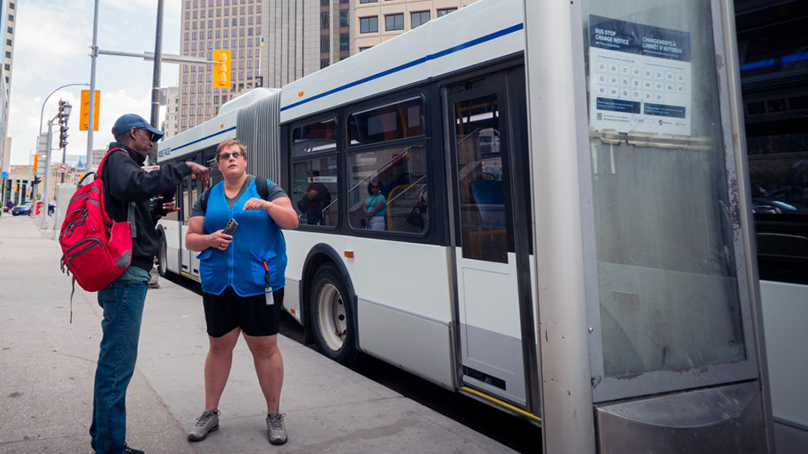How we’re closely monitoring the network and how passengers use itJuly 11, 2025

It’s the largest network change in Winnipeg Transit’s 142-year history. The Primary Transit Network and its feeder routes are now live. In the first week of the new network, our buses were boarded approximately 158,000 times a day.
Thank you to everyone who rode with us through this transition. We know this change hasn’t been easy for every passenger. It meant adjusting routines and rethinking how to get around the city. We appreciate your willingness to try the new network and your patience with it.
Plan your trips ahead of time
Nearly every Transit route is now different. Hundreds of stops were changed or removed. This is why we are encouraging passengers to plan their trips before they head out. You can do this by using Navigo and the Transit app.
You can look at all the new routes in our system map. Printed maps are also available at our Winnipeg Transit Customer Service Centres and the 311 St. Boniface counter. So far 25,000 maps have been printed with 15,000 picked up already.
If you have accessibility needs and require information in another format, please contact 311 for help.
Have questions or feedback?
Every passenger’s experience with the Primary Transit Network will be different. For some people, it means a more direct way to get to where they are going. For others, it could mean having to transfer or travelling a little longer to get to the bus stop.
If you have questions about the network or feedback you want to share with us, please fill our easy to use online form. This is the best way to reach Winnipeg Transit with your concerns.
We’re tracking all the feedback we receive. We’ll use it to make tweaks to our network and schedule in the short term. It will also inform potential larger changes (service expansions) we may recommend in the years to come as part of our Annual Service Planning Process.
How we’re measuring success
We’re closely monitoring the network and how passengers use it. Here are the ways we’re evaluating how things are going:
- On-time performance or how closely the buses are following the published schedule
- Ridership or how many people are using transit and how busy the routes are
- Operations or how our bus operators are shifted
- Service area or how close do people live to bus service
- Accessibility or how accessible is the service for passengers with different levels of mobility
What’s next
We all need to have some time with the new network to see how it operates. Next year, we’ll be undertaking the Annual Service Planning Process. That’s when we’ll be looking at how successful the new network has been at meeting its goals as well as factoring in the feedback we’ve received.
It’s through that process we’ll consider significant changes and implement them where it makes sense. That’s something we’ve committed to doing each year.
